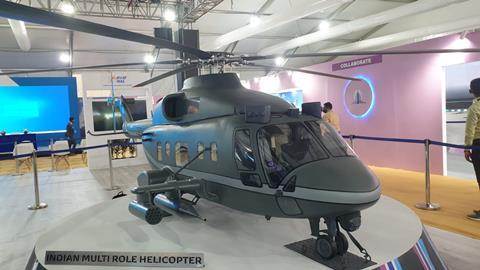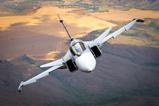Safran Helicopter Engines and Hindustan Aeronautics (HAL) joint venture SAFHAL has been selected to develop and supply Aravalli engines to power two new medium-lift rotorcraft models for the Indian armed forces.
Announced on 30 August, the move by HAL, which is responsible for the airframe, will provide engines to power the in-development Indian Multi-Role Helicopter (IMRH) and Deck-Based Multi-Role Helicopter (DBMRH).
Under the agreement, the SAFHAL partners will “commence joint design, development, manufacture, supply and support of a new generation, high-power engine”, it says.

The companies had been exploring the potential for a joint development activity since February 2023, having signed a memorandum of understanding linked to the IMRH/DBMRH in July 2022.
“This partnership with SAFHAL marks a pivotal moment in our journey towards achieving technological self-reliance in India’s aerospace and defence sector,” says HAL chairman C B Ananthakrishnan.
“The collaboration will not only ensure the operational capabilities of the IMRH and DBMRH platforms, but also contribute to the broader goal of indigenous development of critical defence technologies.”
“With this project, we are enriching the collaboration with HAL as well as the strategic relationship between India and France,” says Safran Helicopter Engines chief executive Cedric Goubet. “Our combined expertise and resources will ensure the success of the IMRH and DBMRH programmes,” he adds.
HAL is developing the 13t IMRH as a replacement for the Mil Mi-17 transports operated by the Indian air force, with the type to carry a maximum of 36 troops. The 12.5t DBMRH will enter use with the Indian navy.
“SAFHAL will work with its parent companies on cutting-edge engine technologies, ensuring superior performance, reliability, and operational efficiency,” HAL says. “The [Aravalli] engines will be designed to operate in diverse and challenging environments,” it adds.
The company also is eyeing additional potential applications for its future models, such as VVIP transport, offshore operations and conducting civilian utility tasks.


































